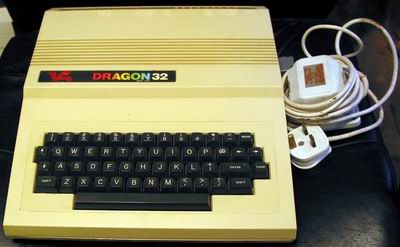Dragon return this weekend
Discussion
It will be. NASA is very media savvy.
They'll be covering the astronaut's ISS farewell ceremony, departure sequence etc etc:
https://www.nasa.gov/multimedia/nasatv/#public
It'll be streamed on their website and YouTube channel, amongst other sources.
They'll be covering the astronaut's ISS farewell ceremony, departure sequence etc etc:
https://www.nasa.gov/multimedia/nasatv/#public
It'll be streamed on their website and YouTube channel, amongst other sources.
It's looking increasingly likely that NASA & SpaceX will chose either the Pensacola or Panama City splashdown areas in the northern Gulf Of Mexico:

Recovery ship GO Navigator is already waiting in port in Pensacola. Soon after recovery, the crew would be flown by helicopter to nearby Pensacola Naval Air Station (which Doug Hurley will know all about from his flight school days). From there they would be flown by jet to Houston, Texas for more lab rat treatment by NASA doctors.
It would certainly be another first. NASA did two days of Apollo seaworthiness testing in the Gulf Of Mexico in April 1968 before certifying it for the first manned flight (Apollo 7) later that year. That included the recovery ship dunking the test capsule nose down with astronauts James Lovell, Stuart Roosa and Charles Duke on board. A stomach churning experience I'm sure.

Recovery ship GO Navigator is already waiting in port in Pensacola. Soon after recovery, the crew would be flown by helicopter to nearby Pensacola Naval Air Station (which Doug Hurley will know all about from his flight school days). From there they would be flown by jet to Houston, Texas for more lab rat treatment by NASA doctors.
It would certainly be another first. NASA did two days of Apollo seaworthiness testing in the Gulf Of Mexico in April 1968 before certifying it for the first manned flight (Apollo 7) later that year. That included the recovery ship dunking the test capsule nose down with astronauts James Lovell, Stuart Roosa and Charles Duke on board. A stomach churning experience I'm sure.
Here's the timeline (UK times - PM)
6:51:54 - Trunk separation
6:56:45 - Deorbit burn
7:36:33 - Re-enters atmosphere
7:44:13 - Drogue chute deploy
7:45:00 - Main chute deploy
7:48:24 - Splashdown
During reentry, the capsule will experience about 6 minutes loss of signal, due to ionisation build up around the vessel. It'll be taking a shallower reentry angle & coming in slower than the Apollo capsules did.
For most Apollo capsules, this loss of signal period was about 3-4 minutes long. Apollo 13 was the exception & its communication blackout was a nail biting 6 minutes, as it came in at a shallower angle than usual.
6:51:54 - Trunk separation
6:56:45 - Deorbit burn
7:36:33 - Re-enters atmosphere
7:44:13 - Drogue chute deploy
7:45:00 - Main chute deploy
7:48:24 - Splashdown
During reentry, the capsule will experience about 6 minutes loss of signal, due to ionisation build up around the vessel. It'll be taking a shallower reentry angle & coming in slower than the Apollo capsules did.
For most Apollo capsules, this loss of signal period was about 3-4 minutes long. Apollo 13 was the exception & its communication blackout was a nail biting 6 minutes, as it came in at a shallower angle than usual.
Gassing Station | Science! | Top of Page | What's New | My Stuff






